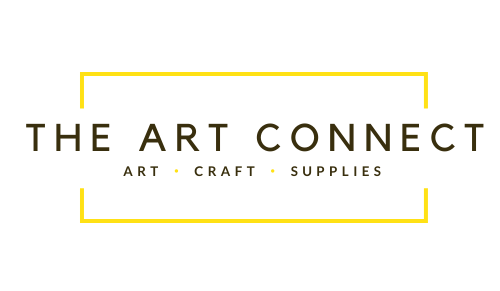The Comprehensive Guide to Making Cosmetic Extract and Herbal Powders: Processes, Benefits, and Comparisons
Share

In the beauty and wellness industry, cosmetic extract powders and herbal powders play a crucial role. These natural ingredients are prized for their purity and efficacy, offering a range of benefits for skin and health. But have you ever wondered how these powders are made? Let’s dive into the fascinating processes behind creating cosmetic extract powders and herbal powders, and explore the pros and cons of each.
The Making of Cosmetic Extract Powders
Cosmetic extract powders are concentrated forms of active ingredients derived from natural sources like plants, fruits, and herbs. Here’s a step-by-step look at the process:
1. Raw Material Selection : The journey begins with the careful selection of high-quality raw materials known for their beneficial properties.
2. Extraction:
- Solvent Extraction: The raw materials are soaked in a solvent (water, alcohol, or oil) to dissolve the active compounds.
- Maceration: The plant material is soaked in the solvent at room temperature, with occasional stirring.
- Percolation: The solvent is passed through the plant material to extract the active compounds.
3. Filtration : The solution containing the active compounds is filtered to remove solid residues and impurities.
4. Concentration : The solvent is evaporated to concentrate the active ingredients, often using techniques like vacuum evaporation to prevent degradation.
5. Drying
- Spray Drying: The concentrated extract is sprayed into a hot air chamber, causing rapid solvent evaporation and leaving fine powder particles.
- Freeze Drying (Lyophilization): The extract is frozen and subjected to a vacuum, causing the ice to sublimate directly from solid to gas, leaving a dry powder.
6. Grinding and Sifting : The dried extract is ground into a fine powder and sifted for uniform particle size.
7. Quality Control : The final powder is tested for purity, potency, and safety.
8. Packaging : The cosmetic extract powder is packaged in airtight containers to protect it from moisture and contamination.
The Making of Herbal Powders
Herbal powders are ground-up herbs, offering a more straightforward approach compared to extract powders. Here’s how they are made:
Comparison: Cosmetic Extract Powders vs. Herbal Powders
| Feature | Cosmetic Extract Powders | Herbal Powders |
|---|---|---|
| Concentration | Highly concentrated, offering potent doses of active ingredients. | Less concentrated, but still retains beneficial compounds. |
| Stability | Enhanced stability and longer shelf life. | Natural integrity maintained, but may have shorter shelf life. |
| Versatility | Easy to incorporate into various cosmetic formulations. | Simple process and broad spectrum of natural compounds. |
| Cost | Often more expensive due to complex production processes. | More cost-effective production, leading to lower end product costs. |
| Complexity | Requires specialized equipment and expertise. | Straightforward production with fewer requirements. |
| Particle Size | Uniform particle size for consistent formulations. | May have varied particle size affecting consistency. |
Both cosmetic extract powders and herbal powders have their unique advantages and challenges. Cosmetic extract powders offer high potency and stability, making them ideal for targeted cosmetic applications. On the other hand, herbal powders provide a natural and cost-effective option with a broad spectrum of benefits. Choosing between the two depends on the specific needs of the product and the desired outcome.
Whether you opt for the concentrated power of cosmetic extract powders or the natural simplicity of herbal powders, understanding their creation process can help you make informed decisions and appreciate the craftsmanship behind these valuable ingredients.
